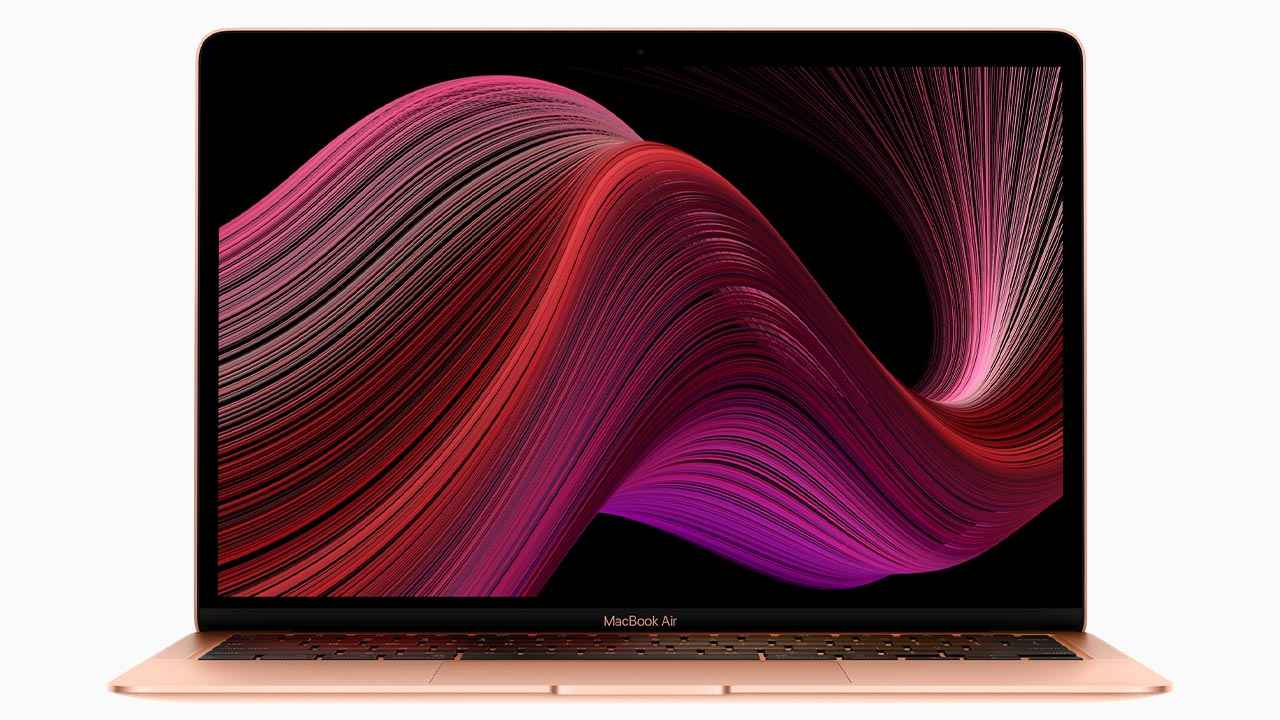Apple first ARM-based Mac to use 12-core 5nm processor

Apple to sell ARM-based Macs starting 2021
Apple to use 12-core processor with 8 performance cores and 4 efficiency cores
Processors to be manufactured on 5nm process
Rumours of Apple producing ARM-based Macs have been around for some time now, with Bloomberg originally reporting that Apple would roll them out by 2020/2021. Now another Bloomberg report is corroborating the earlier story, claiming that Apple is working on several chip designs, the first of which will be a 12-core processor fabricated on the 5nm process.
Currently, all of Apple’s laptops and desktop solutions use Intel as the primary processor, a move that has worked in and against Apple’s favour. Moving to Intel and the x86 platform helped Apple supercharge its machines at a time when the PowerPC processors were starting to lag behind. However, with Intel struggling to move past its 14nm process, showing any notable performance gains one generation after another, Apple finds itself in a tricky position once again. Moving to ARM processors of its own designs would help Apple move forward at the pace it wants to, without having to hold back a refresh just because a processor manufacturer could not deliver a product with enough improvement in its performance.
Bloomberg reports that the 12-core chip will be manufactured on the 5nm process and come with 8 performance cores and 4 efficiency cores. In comparison, the 16-inch MacBook Pro runs on an Intel Core i9-9980, featuring 8 cores in total. However, core counts are not the only, or even a correct indicator of expected performance, especially when considering two wildly different architectures. A Geekbench score may also not be a reliable indicator of the kind of performance you can expect.
The problem with hailing ARM as the superior solution to Intel at this point is simple; all current ARM devices can only run a singular, or at most, dual instances of applications. The iPad Pro, which houses the A12x Bionic processor from Apple is heralded as the most powerful portable device from Apple in terms of what it can do. Artists have slowly been taking to the iPad Pro for content creation such as editing videos and photos or even making artwork or logos for commercial use. However, the apps on the iOS ecosystem may lack several features in comparison to their desktop counterparts due to the performance limitation that comes in when trying to use it the way you would a full-fledged application.
The other challenge with Apple moving to ARM’s chips would be the application ecosystem. It is possible that Apple might develop an emulator within which users would be able to run the current macOS x86-based applications, but it would be a while before we can expect all applications and games to move to the new ARM-based applications.
While it is likely that Apple won’t update its entire lineup with ARM-based processors, what is more, likely that machines like the MacBook Air or even the MacBook and slowly transition the more powerful machines over to ARM as well, as and when the application ecosystem develops. Currently, while there may not be a way to run Mac apps on iOS or vice-versa, Apple has made it a lot easier to port iOS and iPadOS apps to macOS thanks to Mac Catalyst. However, a reverse port may not be as easy.
Swapnil Mathur
Swapnil was Digit's resident camera nerd, (un)official product photographer and the Reviews Editor. Swapnil has moved-on to newer challenges. For any communication related to his stories, please mail us using the email id given here. View Full Profile





